It may have been one of the wettest weekends in March, but that wasn’t going to stop the Pomfretians. Dressed in their Sunday best, groups hunched determinedly under umbrellas between the bars of Ropergate.
“They’re doing the Ropergate Run,” explained my friend Matthew, a Pontefract resident. “A lot of the old pubs are being replaced by modern bars where you can actually get a decent pint.”

This was a new one for me. To be honest, I’d always written off “Ponte” as a bit rough around the edges, with an intimidating nightlife and a run-down centre. But recently, when I’d been researching destinations in Yorkshire that were easily accessible by train (Pontefract has three train stations, if you ask, with services to Leeds, Sheffield, York and London), it had slipped back onto my radar: an unsung market town with a flood of investment, new developments attracting young professionals and families, and a newfound nightlife that’s earned it the affectionate nickname “Ponte Carlo”. The more I read, the more I wanted to visit.
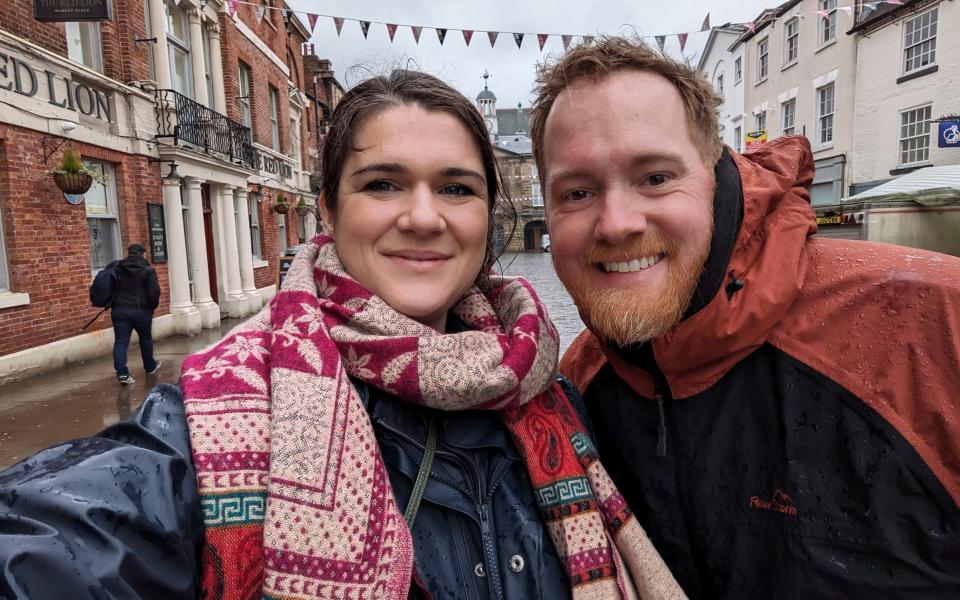

The city dates back to Saxon times and was first chartered in 1194, so it is an architecturally stunning mix of eras and styles, from the Robert Adam-designed Georgian façade of the Red Lion to the classical features of the Old Town Hall. Some of these buildings had fallen into disrepair, but thanks to an investment of around £2 million in the 2010s – part of Wakefield Council’s Townscape Heritage initiative – 27 of these historic buildings have been restored to their former glory.
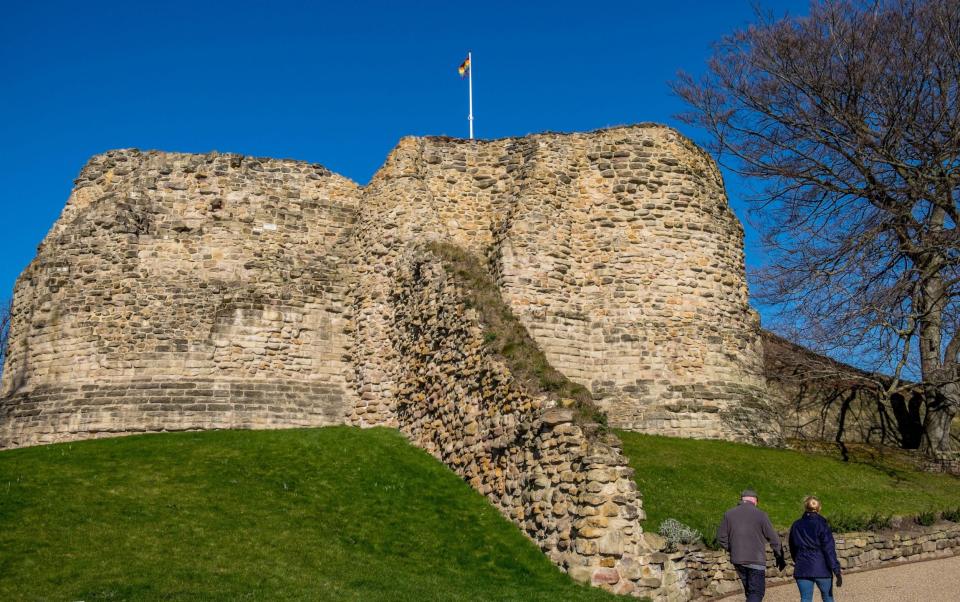

And it shows. When I arrived to meet Matthew on that wet weekend in March, I was surprised to find myself confronted with a chic market square, lined with grand, monumental facades and independent shops: a market hall here, a butter cross there.
With the kids in tow, we reluctantly skipped the mojitos at the Printer’s Draught and the Last Bank, two posh drinking establishments, and opted instead for lunch at the Blue Bell, a lively pub where you can get a delicious “pizza burger” or “fish and chip pizza” (stone-baked in the huge on-site pizza oven) with a bottle of Moldovan wine for around £25 per person.
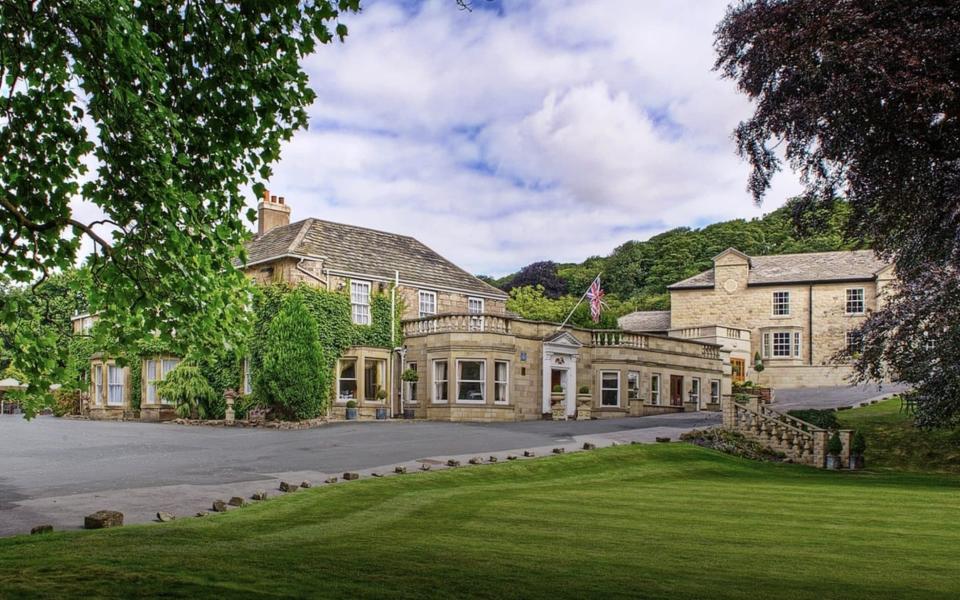

By the time we finished lunch the rain had stopped so we headed straight to the castle and explored the ruins with Ian Downes, the Operations and Events Manager, and Joe Gilligan, a castle caretaker who has lived at the castle for 18 years.
Built by Ilbert de Lacy in 1070, the castle is one of England’s most important, once known as the “Key to the North” for its size, defences and proximity to two of England’s major highways. It withstood three lengthy sieges during the English Civil Wars and was the site of some hectic royal affairs. Now it’s a popular local attraction, with free entry (and parking), as well as events ranging from dungeon tours and re-enactments to Proms, workshops and music festivals.
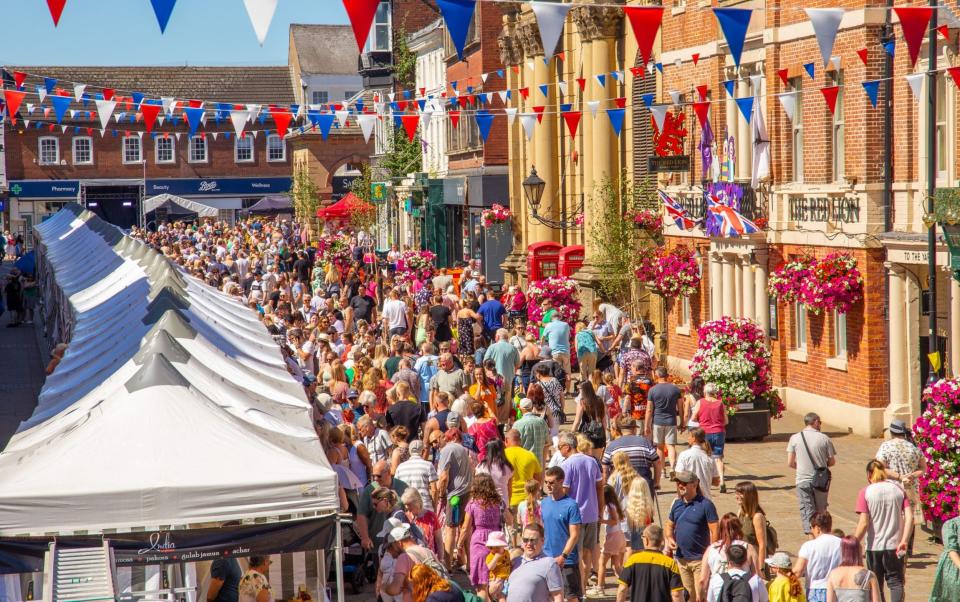

“Oliver Cromwell called it ‘Britain’s strongest inland garrison’,” Ian explained as we approached a section of the wall that had been the (mostly unsuccessful) target of Cromwell’s guns. As we crossed it, the terrain opened up before us – and beyond, views of the city, the countryside, the area once home to St John’s Priory, Friarwood Valley Gardens and 386865820We continued walking through the grounds, past royal apartments and grassy mounds of half-covered stone.
“Yes, so Catherine Howard… that’s where it happened.” Downes added, gesturing across the courtyard to the spot where the alleged lover of Henry VIII’s fifth wife, the courtier Thomas Culpeper, was beheaded in 1541 – and kindly indulged my aforementioned fascination with this juicy bit of royal history. Catherine met the same fate in the Tower of London the following year.
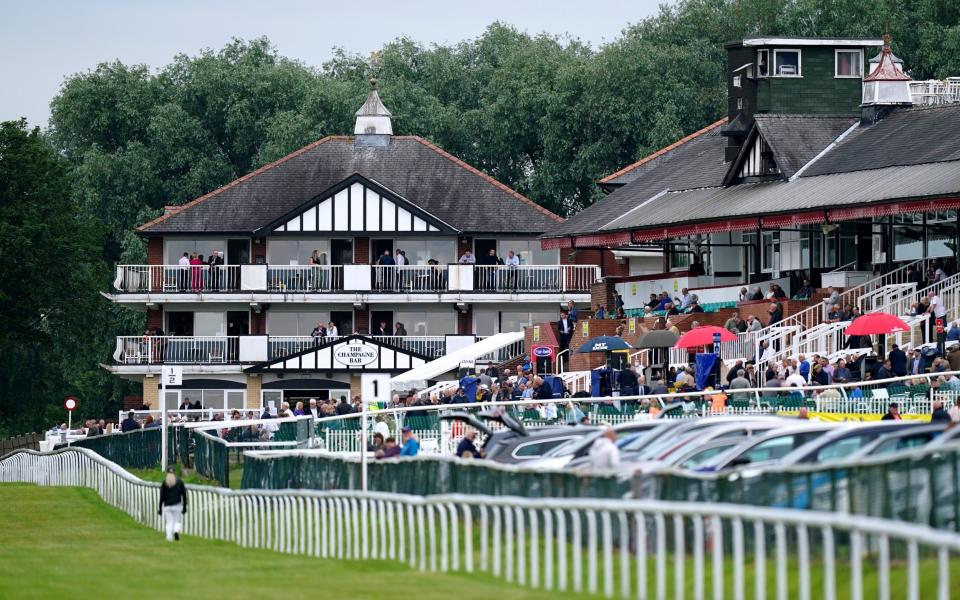

Before their deaths, they had both been imprisoned here – as had King Richard II, who was captured in 1399 by his cousin Henry Bolingbroke (later Henry IV) and subsequently starved to death. Bolingbroke took the throne, effectively beginning the War of the Roses.
Back in town we headed to the Pontefract Museum. Housed in a striking Art Nouveau building, the brilliantly curated displays take you through the town’s past and present, from its coal mining history, its role as the site of Britain’s first secret ballot in 1872, to exhibits on the local women in business today.


There’s also a whole section dedicated to the town’s liquorice heritage, one of Pontefract’s more unusual claims to fame. Liquorice is thought to have been grown here since the 1600s, brought over by medieval knights or Dominican monks. Its earliest uses were medicinal, until 1760, when local pharmacist George Dunhill added sugar to liquorice pastilles, and the Pontefract Cake was born.
At the height of production in the 1930s, there were numerous candy factories. Today, only two remain (Valeo and Haribo), but an annual licorice festival is held every summer to celebrate the city’s reputation as a candy city.
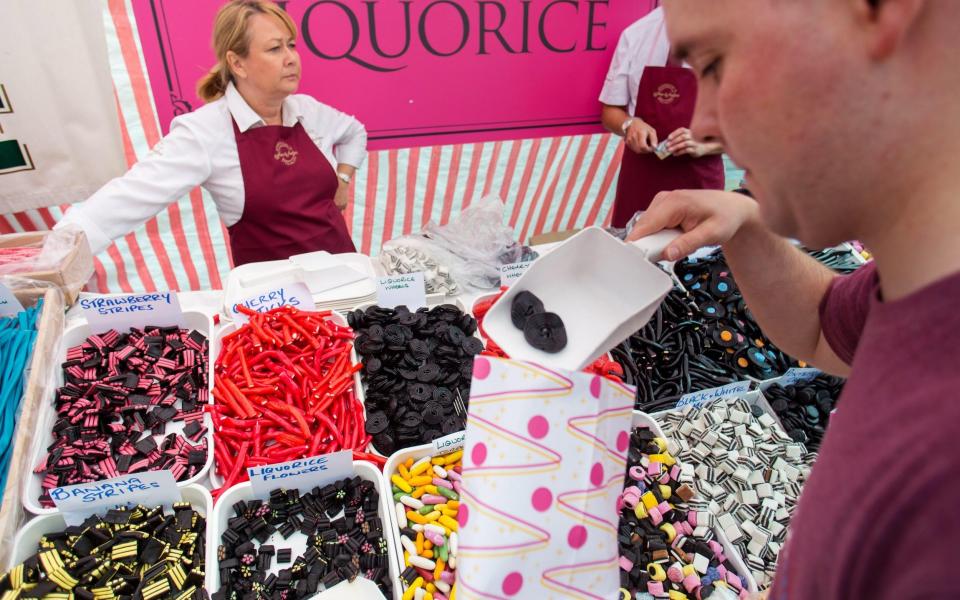

It’s a truly charming place, and one I’m glad to have added to my list of favourite staycations; no longer burdened with the much-criticised post-industrial cityscape I once attributed to it. It’s delightfully small – with enough to see and do for a day or two without being overwhelming – and an excellent base for the nearby Yorkshire Sculpture Park, Hepworth Museum and Xscape Yorkshire.
Liquorice, castle ruins and homemade ice cream? Who needs Monte Carlo?
Essential
Trains run from London Kings Cross to Pontefract Monkhill or Tanshelf. Single tickets start from £26.70 (grandcentralrail.com).
While Pontefract’s hotel scene isn’t yet up to “Ponte Carlo” standards, the Farmhouse (01977 600200; farmercopleys.co.uk ) is a lovely place, with self-catering stays of two nights minimum from £175 per night; as is the boutique Wentbridge House (01977 620444; wentbridgehouse.co.uk ), which has double rooms from £179.
For more information, see wakefield.gov.uk/museums-and-castles